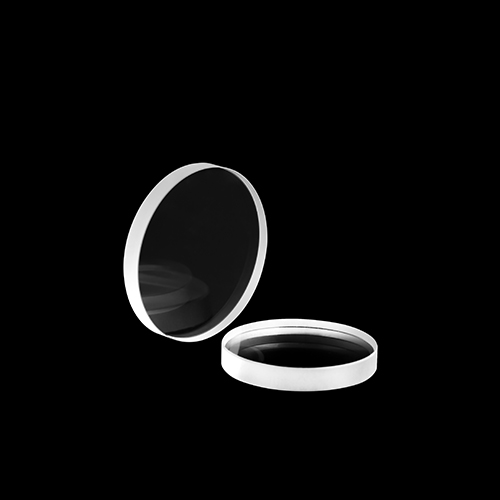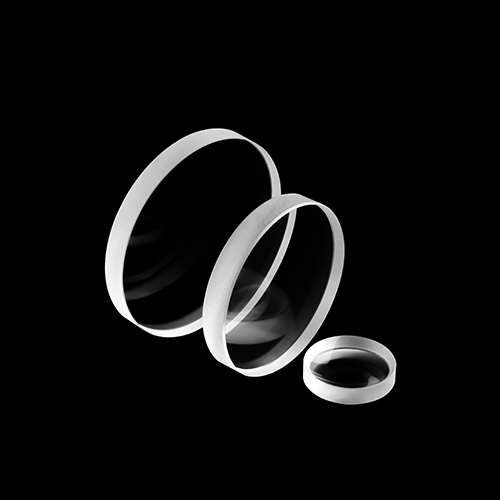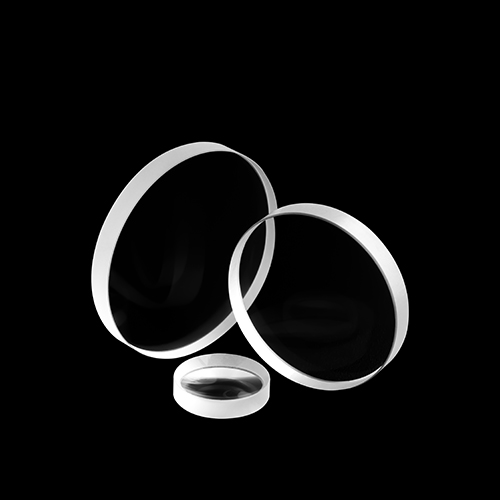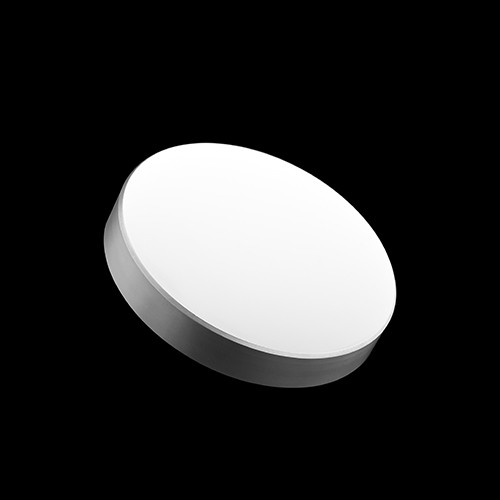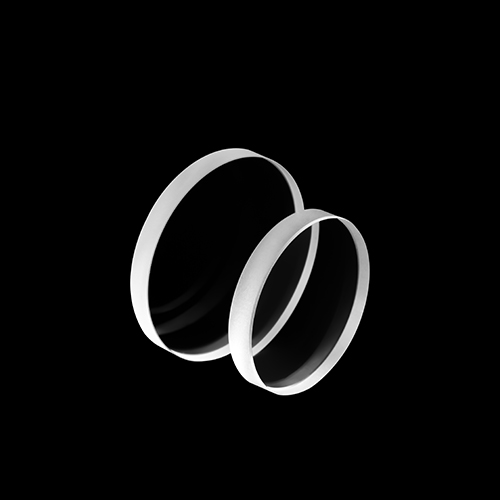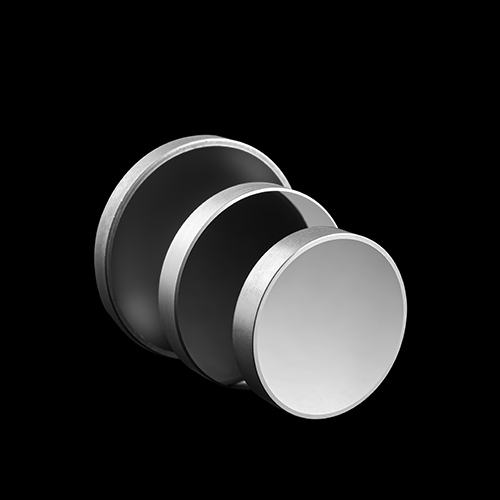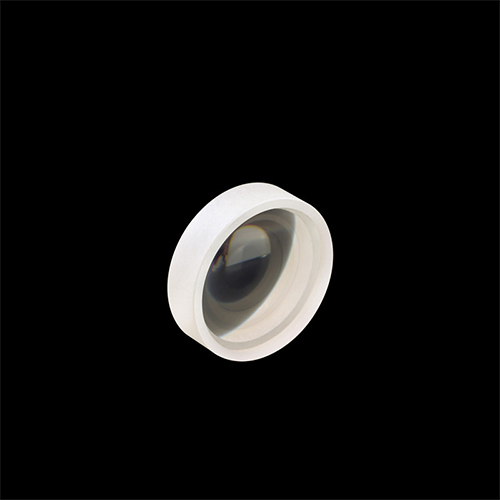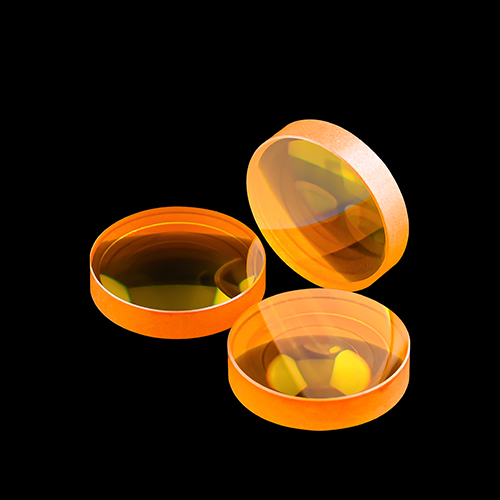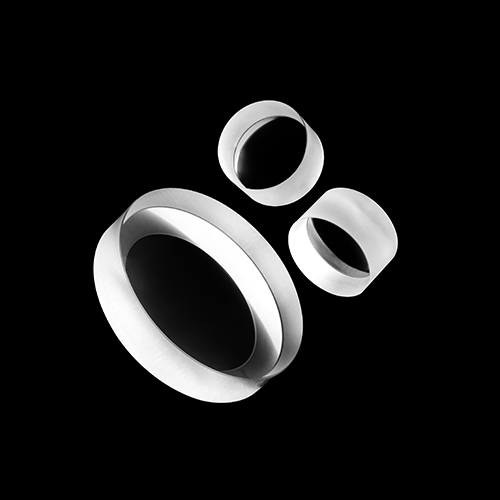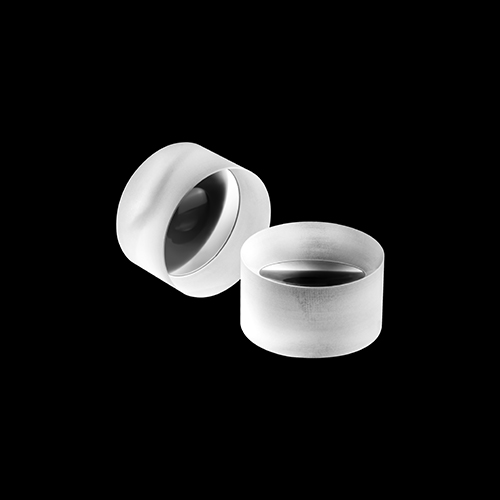A flat concave lens is a special type of lens that has the characteristics of one side being a sphere and the other side being a plane, and the middle is thinner than the two sides. This type of lens has a negative focal length and is mainly used to diverge a beam of parallel light. Its materials include K9 glass, fused silica, zinc selenide, zinc sulfide, germanium, silicon, lithium fluoride, calcium fluoride, barium fluoride and magnesium fluoride. So what is the imaging pattern of flat concave lenses?
1、 Structural differences
Flat concave lens: One side is flat and the other side is concave. This means that the two sides of the lens have different shapes and curvatures.
Double concave lens: Its two surfaces are concave and the curvature radii of both surfaces are equal. This symmetry gives biconvex lenses unique properties.
2、 Imaging and optical properties
Flat concave lens: With negative focal length, it can diverge parallel beams of light. It is commonly used for beam collimation, increasing (decreasing) focal length, or enlarging (shrinking) images. Flat concave lenses have certain advantages in reducing spherical aberration, coma, and distortion, especially when the absolute conjugation ratio is greater than 5:1 or less than 5:1.
Double concave lens: also with negative focal length, capable of diverging parallel rays outward. It is generally used for applications such as beam expansion and projection. A biconvex lens, also known as a diverging lens, is also known as a negative lens due to its negative focal length. The image formed by a biconvex lens is always smaller than the upright virtual image of an object, which is mainly related to its properties of diverging light.
3、 Application scenarios
Flat concave lens: widely used in applications such as beam expansion, projection, and expanding the focal length of optical systems. Due to its optimization effect on specific optical distortions, it is also applied in situations that require high-precision imaging.
Double concave lens: mainly used for beam expansion and projection, especially in scenes where light needs to be extended from a small area to a large area.
The above is an answer to the difference between flat concave lenses and double concave lenses. We hope it will be helpful to you. If you have any questions, please feel free to consult or leave a message online.

